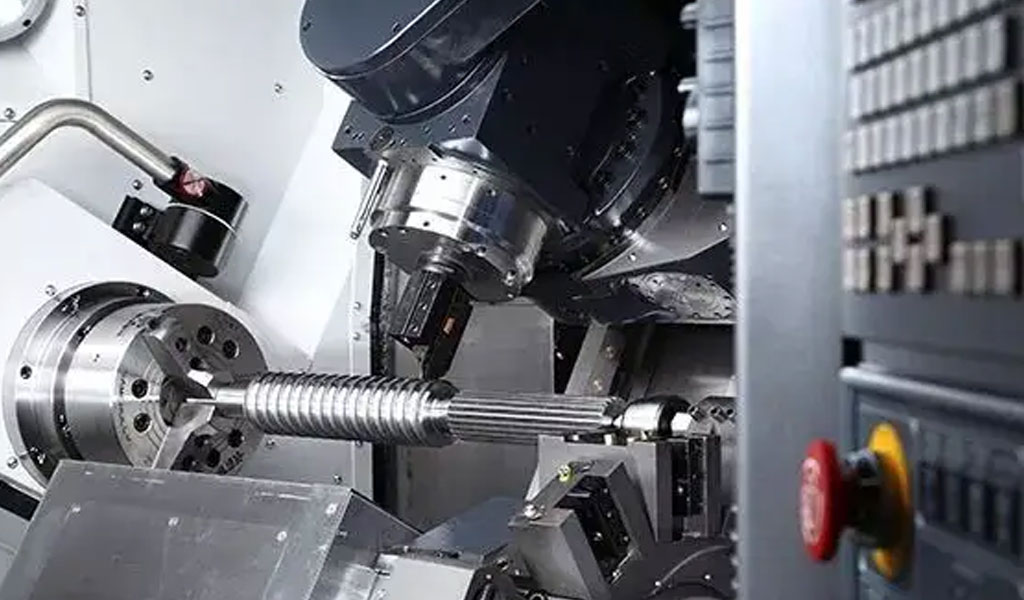With the current demand for lightweighting in many markets, aluminium alloys are becoming a preferred choice for more and more component manufacturers. At the same time, there is a lot of interest in the processing of aluminium alloy products, of which aluminium housings are one. Matte aluminium housings are currently available on the market, so how is the matte effect of aluminium housings done?! Generally speaking, the matte effect of the surface of the aluminium shell is divided into physical and chemical processes.
The chemical process is generally divided into alkaline sand and acidic sand.
The chemical process is generally carried out in the process of anodising the aluminium shell. The alkaline sand process is to put the aluminium shell into a relatively high concentration of alkaline solution to corrode the surface of the profile, thus forming a matte effect. Acid sanding is similar in principle. Anodising both corrodes parts of the surface of the aluminium casing. However, this chemical process will give the surface effect a more natural look, but it will cause some damage to the aluminium casing and is not very environmentally friendly.
In addition, after the chemical process treatment of the inner cavity of the aluminium shell will also have a matte effect, but then the physical process described will not allow the inner cavity of the shell to change, maintaining the original appearance of the aluminium shell.
The physical process is generally referred to sandblasting treatment, sand is used diamond sand.
The aluminium shell material through the sandblasting machine, so that the fine and dense sand in the aluminium shell surface to form even the naked eye can hardly see the small pits. The aluminium housing presented to our eyes remains smooth.
In terms of visual effect, the light becomes matt. Without the use of diamond grit, the effect of spraying on the profile is also divided into thicknesses.
After sandblasting, the aluminium housing is anodised to form a dense, transparent oxide film on the surface to increase corrosion resistance.

